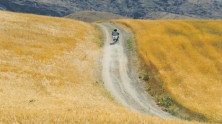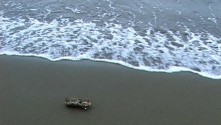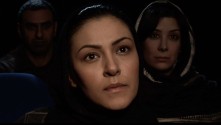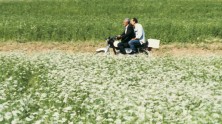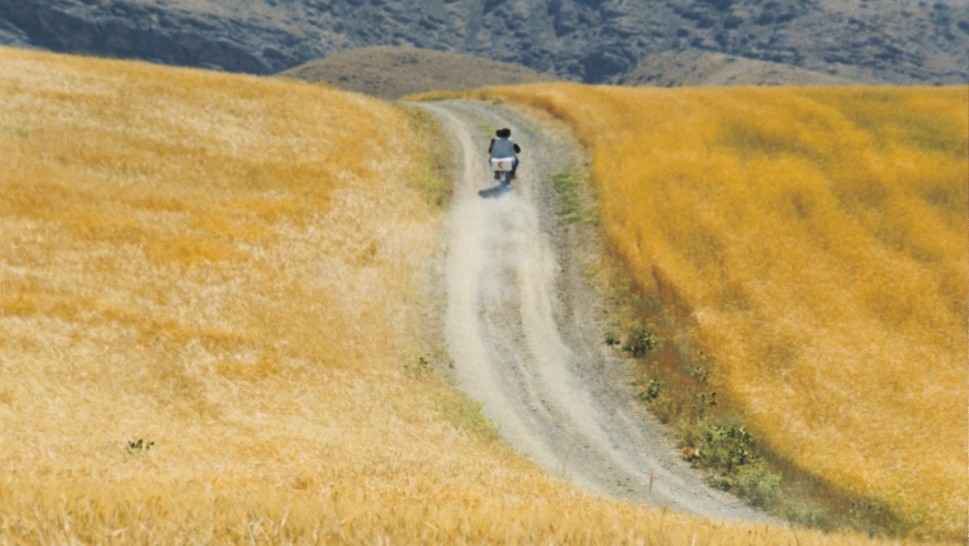
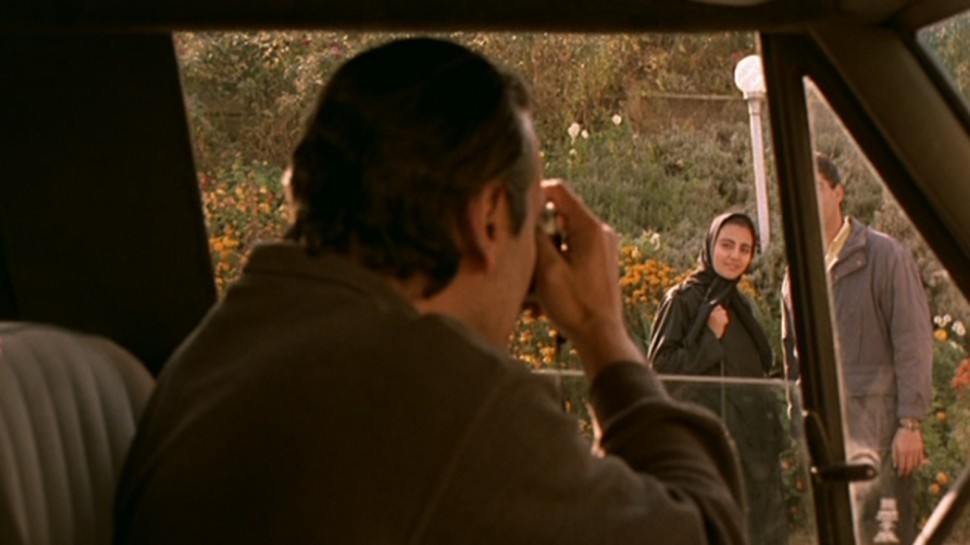
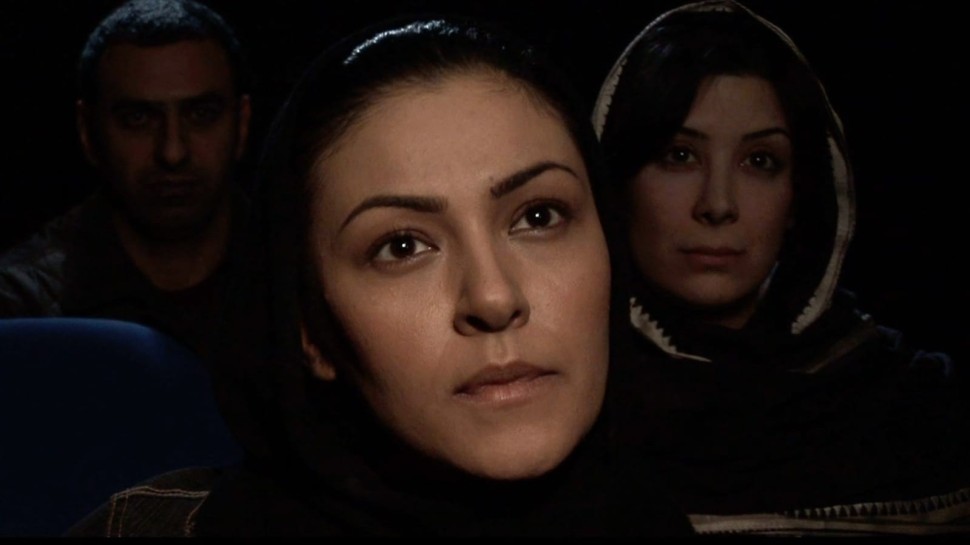

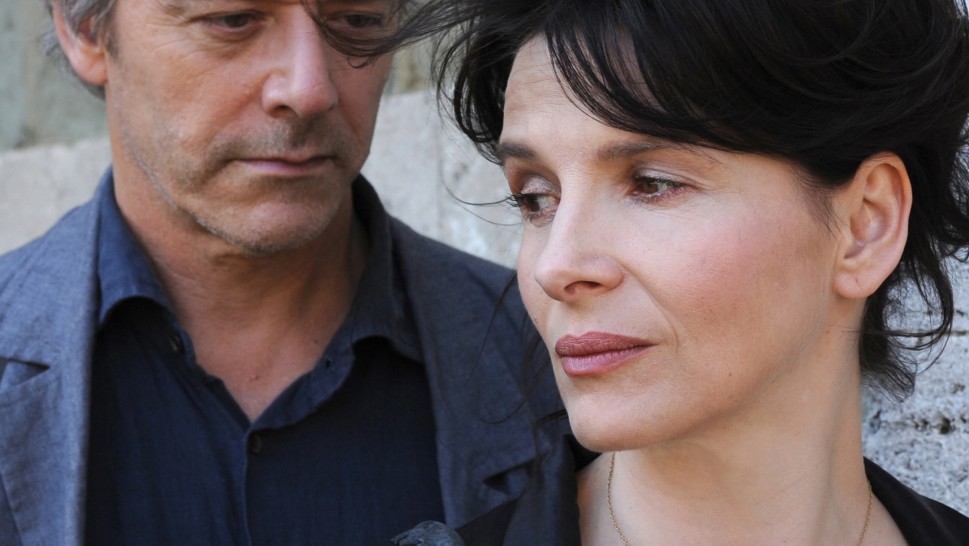
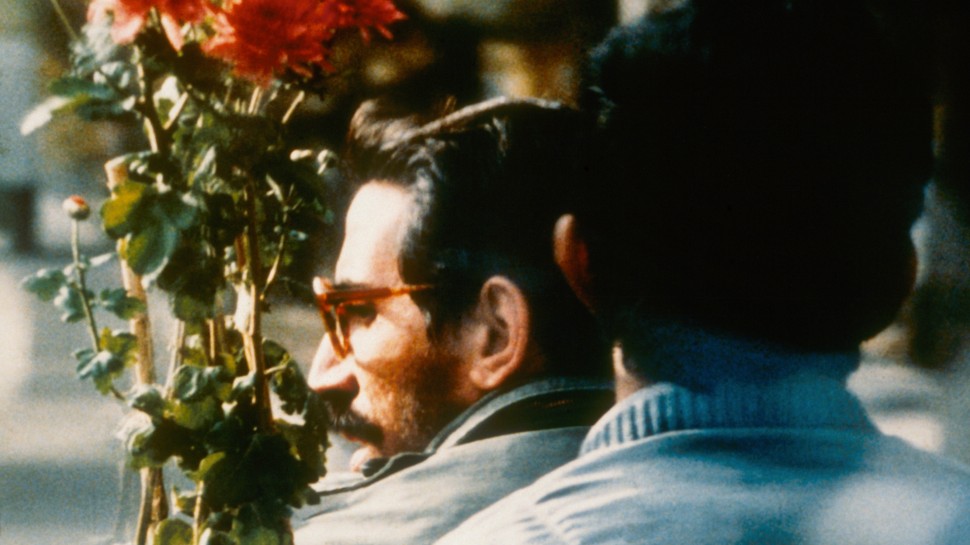
Late Kiarostami
Known for singlehandedly putting Iran on the map of international cinema, Abbas Kiarostami’s filmmaking style was shaped by a variety of Persian arts, especially poetry. Reframing the world and the relationships between individuals through his creative involvement with actors—often amateurs, often children—and showing a keen eye for the beauty of landscapes, he produced philosophical works that reinvigorated the genres of documentary and narrative fiction.
Born in 1940, Kiarostami developed a love of painting at a young age, which led him to enroll in Tehran’s University of Fine Arts. During the 1960s he was involved in the film and television industry, both as a director of commercials and as a title designer for films. After the founding of the Institute for the Intellectual Development of Children and Young Adults (known as Kanoon), which as part of its artistic activities provided funding and facilities for the production of films for or about children, Kiarostami joined the organization and made The Bread and Alley, a short film about a boy’s fear of a stray dog.
Across three decades of work for Kanoon, Kiarostami refined his style, film by film. The simpler the premise, the more cogent the film: typically, a boy wishes to get from A to B and must overcome obstacles along the way. These didactic plots are underscored by a sense of playfulness and display the compositional skill of an accomplished graphic artist, as seen in Kiarostami's finest achievement from this period (and his first feature film), The Traveler.
Eventually, Kiarostami broadened his engagement with children and their experiences, for instance exploring their interactions with adults, as crystallized in Where is the Friend's House?. This graceful film, about a boy in search of his classmate’s house, not only brought the director fame, but also marked the beginning of his association with Koker, a village in northern Iran. Five years after the production, an earthquake hit the area, leaving 50,000 people dead. Kiarostami took his crew in search of the boy from the first film, but at a certain point decided to take one of his famous detours to search for signs of life in the devastated area. In the second part of the trilogy, the majestic And Life Goes On…, the director also encountered a man preparing to wed despite the human disaster, which became the subject of the third cinematic visit to Koker, Through the Olive Trees.
In the mid-1990s, from the Palme d’Or-winning Taste of Cherry to the UN-commissioned documentary ABC Africa, Kiarostami’s films became more somber, their trips bumpier, and the point of focus shifted to the subject of death. Women, long absent in Kiarostami’s cinema, were eventually given an unprecedented freedom that their male counterparts lacked. In Shirin, 110 actresses from Iranian cinema (plus Juliette Binoche) are filmed in closeup in a screening room, crying at the film they are all watching, but which we never see.
Kiarostami continued to challenge his own ideas about the relations between men and women in Certified Copy. Returning to a theme that he had tackled with less success in the semiautobiographical The Report (1977), Certified Copy avoided certainties in its sensitive response to the shifting identities of a couple, played by Binoche and opera baritone William Shimell. The sense of incompleteness (in both the story and the identities of the characters) is borrowed from Close-up.
A moving and richly layered masterpiece, Close-up is also a demonstration of the futility of any attempt to draw a clear separating line between documentary and fiction. It tells the story of Hossein Sabzian, an idler and cinephile who claims to be the renowned Iranian director Mohsen Makhmalbaf in order to inveigle himself into the home of an unsuspecting family. He is eventually exposed by a journalist and put on trial for fraud. However, his actions bring him face to face with another renowned filmmaker, Kiarostami, who makes a film about him. Eventually, he meets Makhmalbaf in the flesh. A lie becomes reality, but just how much of this reality remains a lie is unknowable.
Kiarostami always stood outside the crowd, returning to his solitude by venturing into photography, poetry and installation. Yet even these temporary departures from filmmaking contained the marks of Kiarostami’s cinematic thinking, and involved a further contemplation on the mechanisms of looking that Kiarostami had demonstrated since his early films.
As with many filmmakers who carry within themselves experiences of living and working through political upheavals and personal tragedies, Kiarostami found a balance between pure cynicism and deep humanism in his work, as it continually questioned life and cinema. – Ehsan Khoshbakht
